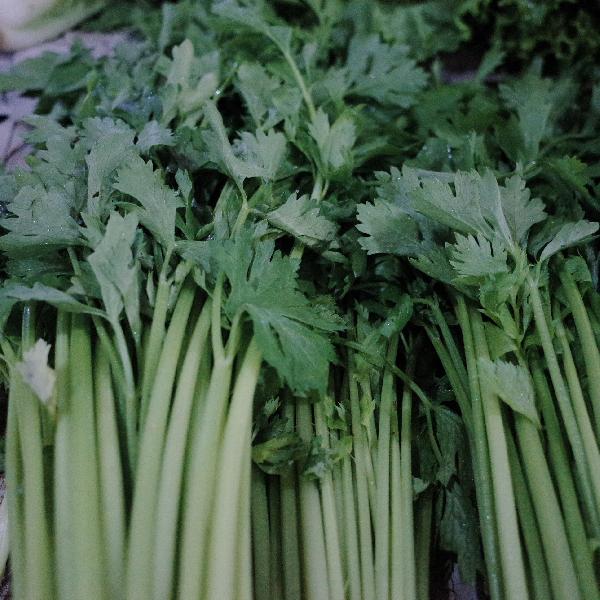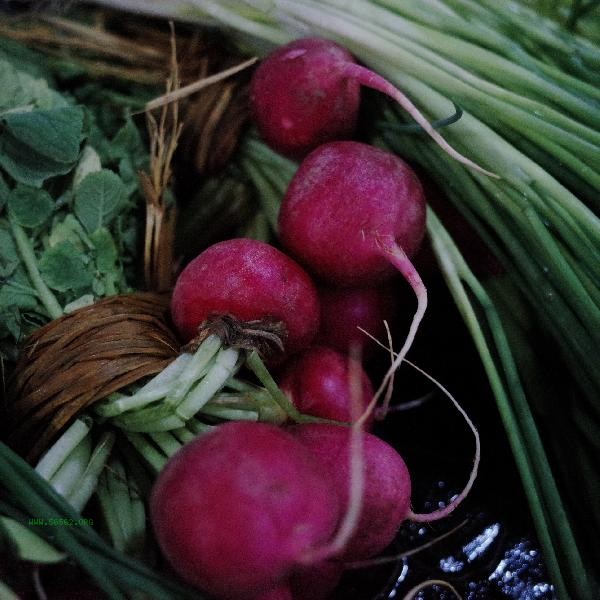Boiling vegetables for 3-5 minutes can maximize the retention of nutrients, and the specific time depends on the type of vegetable, cutting size, and cooking method. Water soluble nutrients such as vitamin C and B vitamins are easily damaged by high temperatures and prolonged heating. It is recommended to use methods such as rapid frying over high heat, steaming over water, or short-term blanching. Leafy vegetables such as spinach and rapeseed have a soft texture and can be blanched in boiling water for 30 seconds to 1 minute. Overcooking can lead to chlorophyll decomposition and vitamin loss. It is recommended to blanch cruciferous vegetables such as broccoli and cauliflower for 2-3 minutes, which can soften dietary fiber without damaging glucosinolate anticancer substances. Root vegetables such as carrots and potatoes need 5-8 minutes to cook, but cutting them into pieces in advance can shorten the heating time. Beans must be thoroughly heated for at least 10 minutes to eliminate saponin toxicity, and can be paired with acidic seasonings to help retain vitamins. Some special vegetables need to be treated differently. The lycopene in tomatoes is more easily absorbed by short-term heating, and the nutrient utilization rate is improved after cooking for 3 minutes. Vegetables with high oxalic acid content such as fresh bamboo shoots and ferns need to be blanched for at least 5 minutes. Frozen vegetables require a one-third reduction in cooking time compared to fresh vegetables due to the destruction of their cellular structure. Using stainless steel cookware, reducing water content, and consuming soup together can reduce nutrient loss.

Choose fresh vegetables of the current season, avoid soaking them for a long time when cleaning, wash first and then cut to reduce cross-sectional oxidation. Eating vegetables of different colors in combination can complement nutrients, such as carrots and spinach, which promote the absorption of vitamin A. While preserving the appropriate taste, being able to easily pierce through with chopsticks indicates that it is cooked, without the need to excessively pursue softness. Various cooking methods such as steaming, boiling, and microwaving can be used alternately in daily life, paired with raw salads to ensure balanced nutrient intake.










Comments (0)
Leave a Comment
No comments yet
Be the first to share your thoughts!